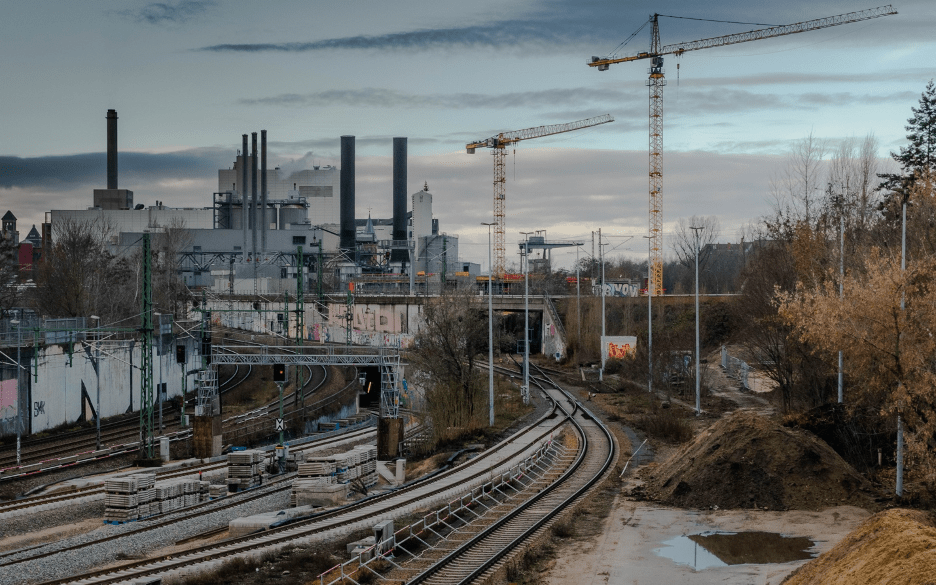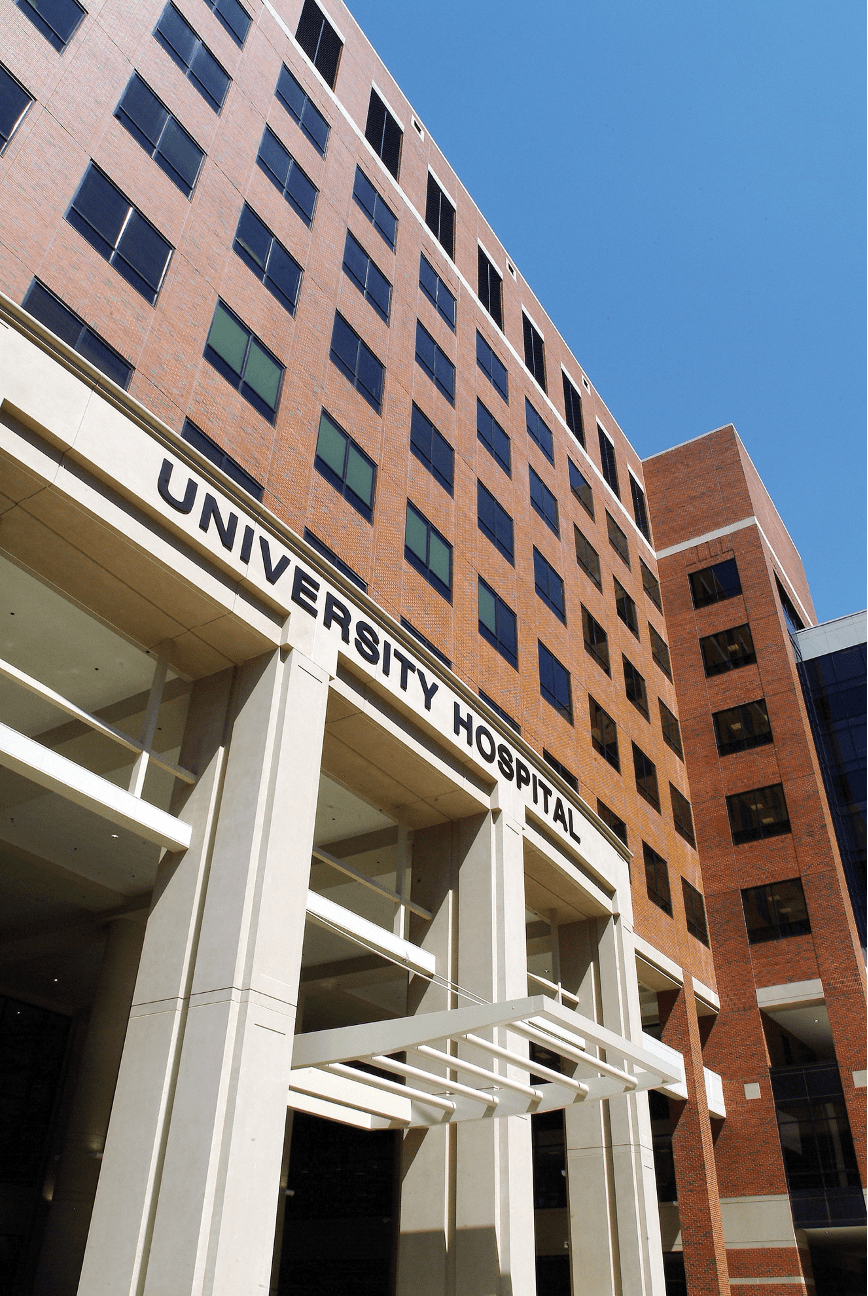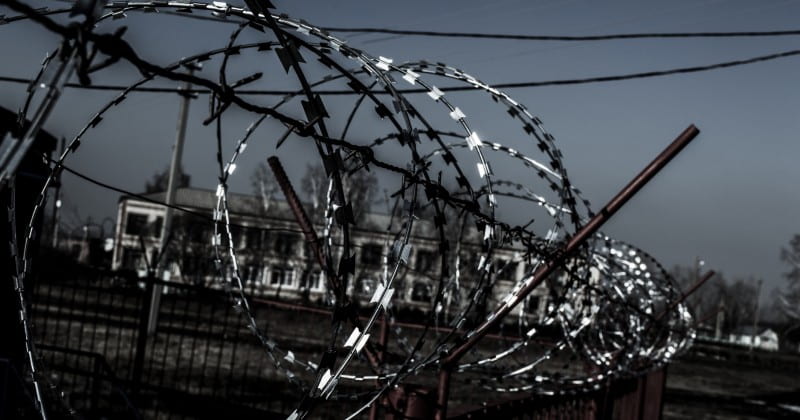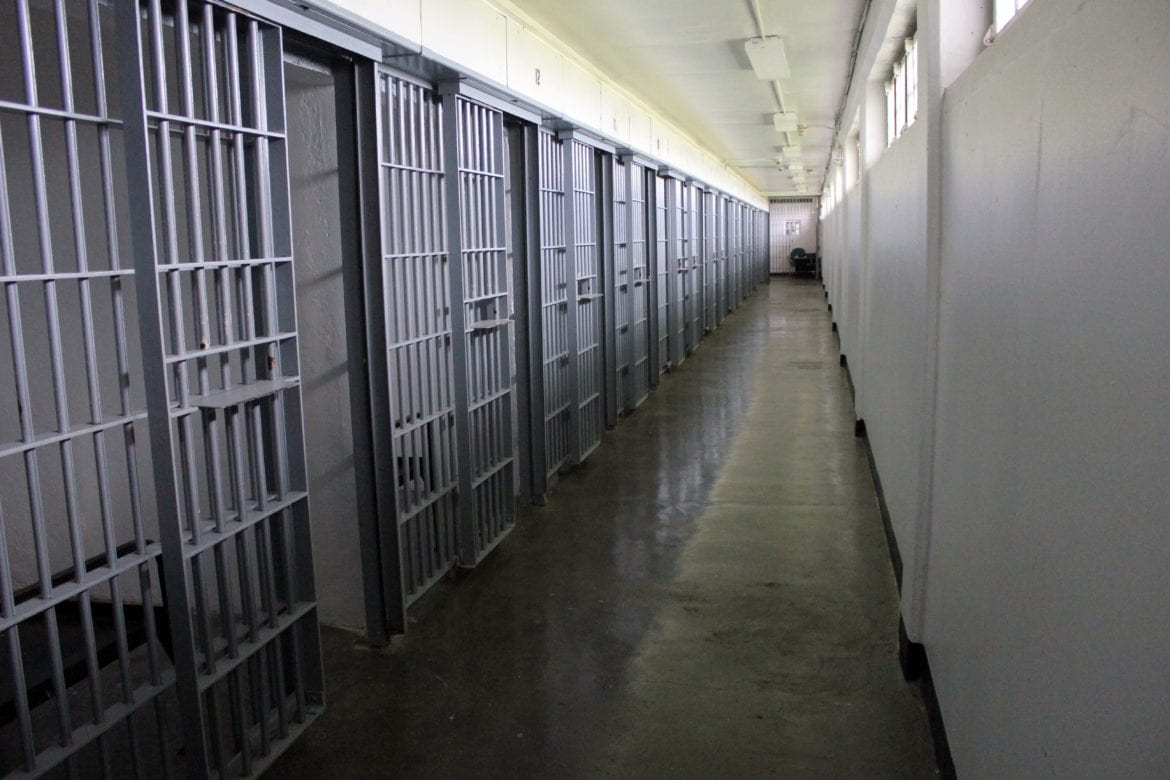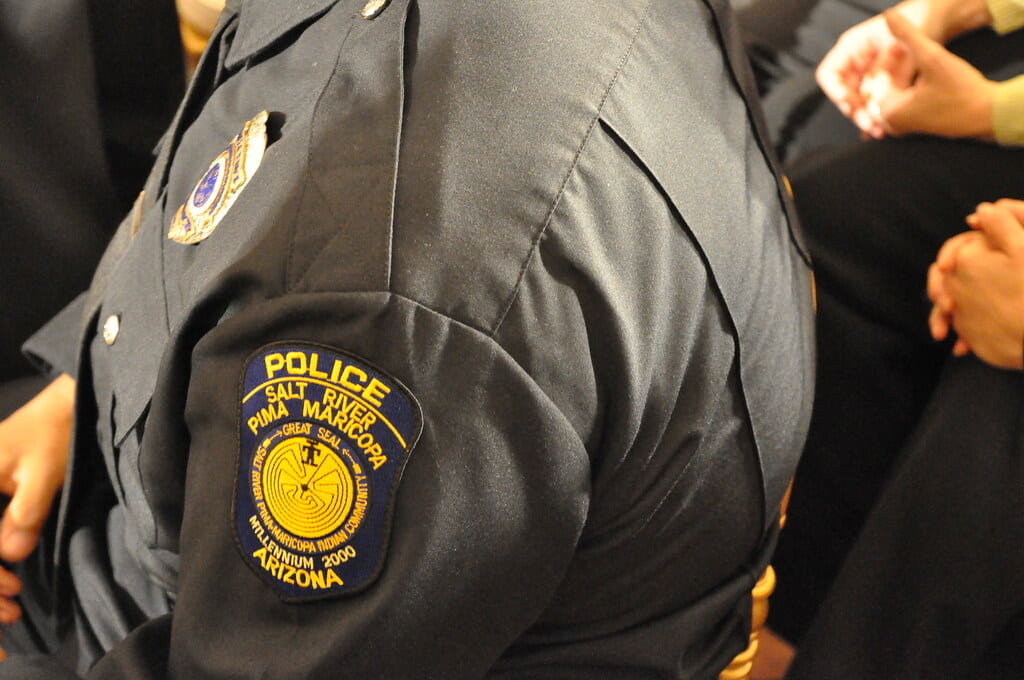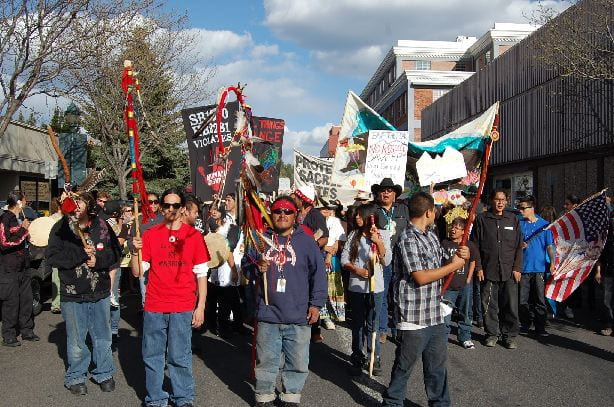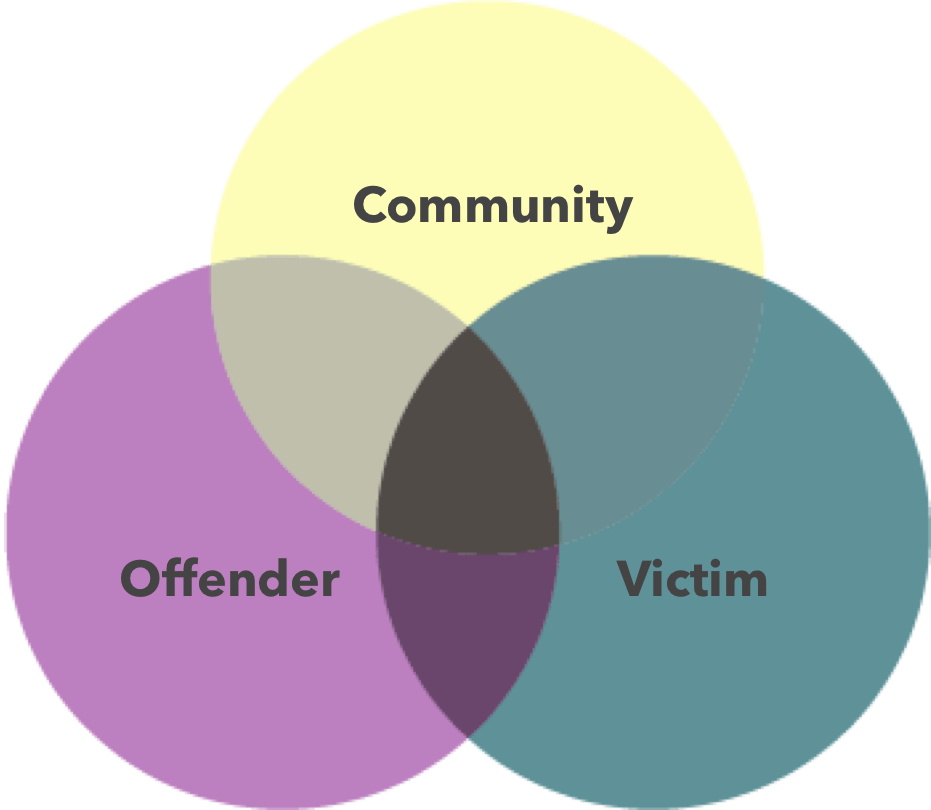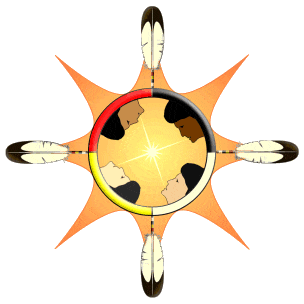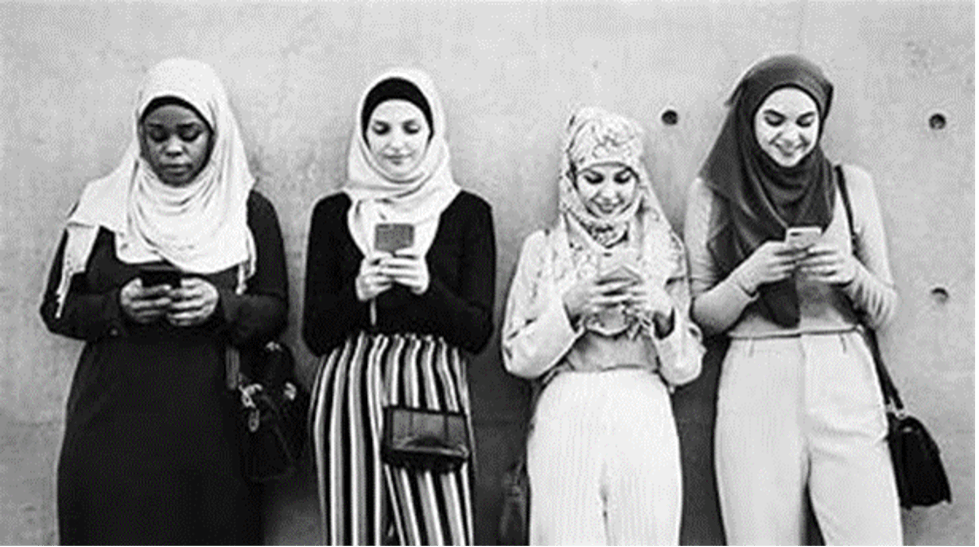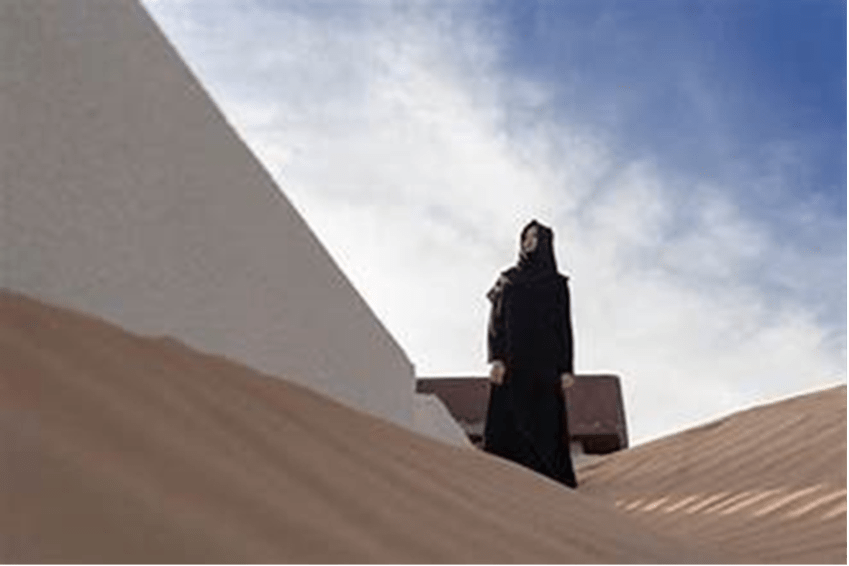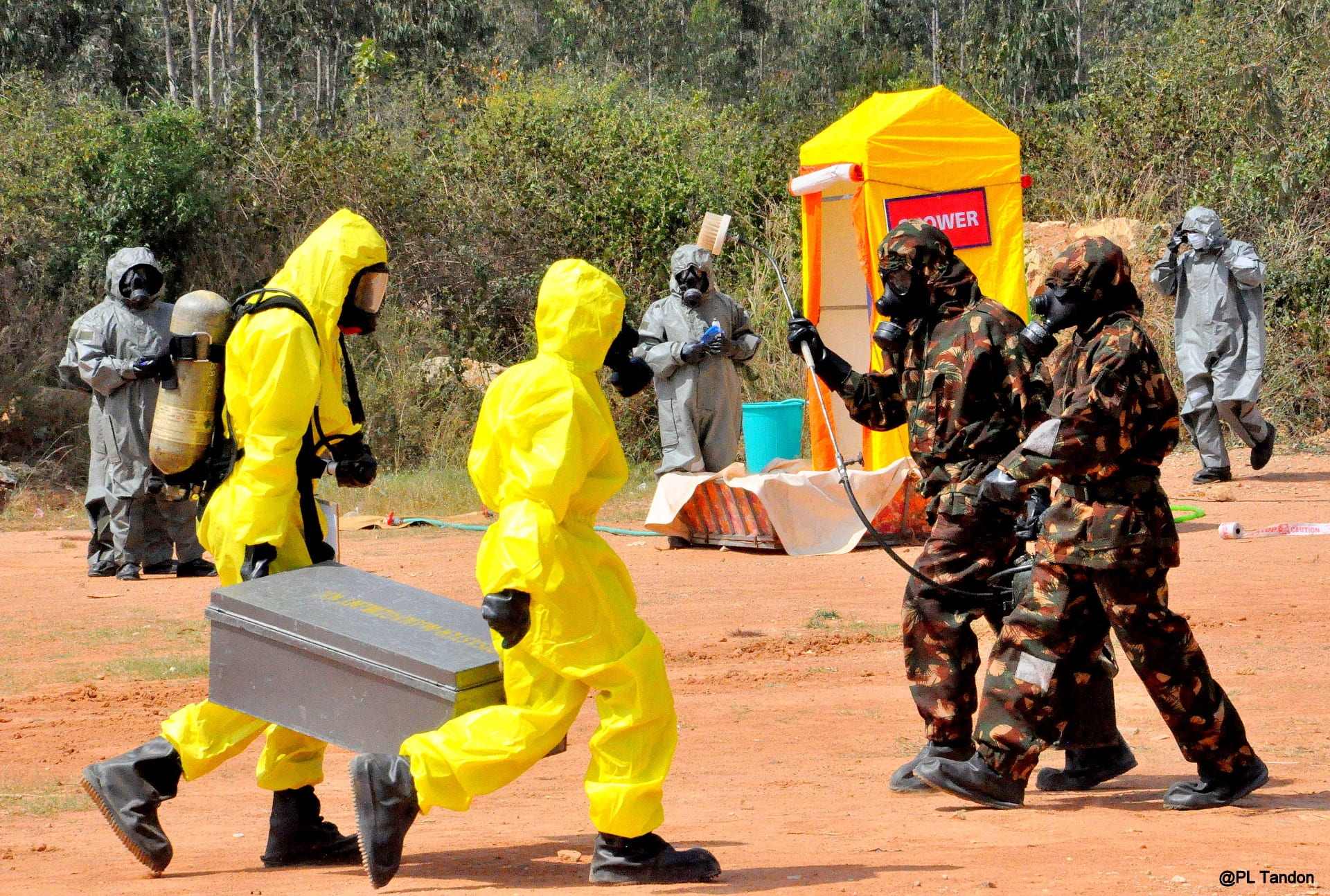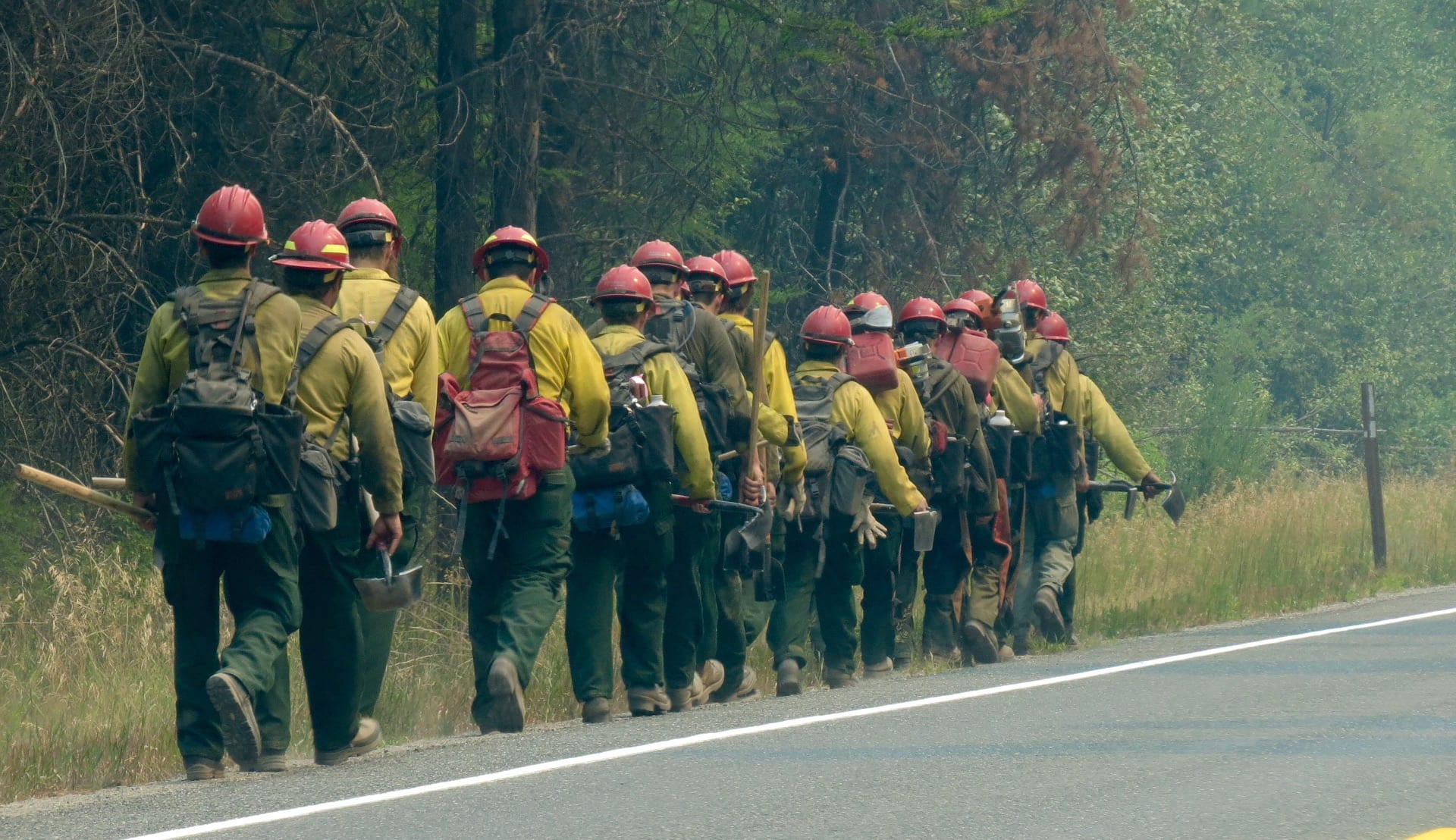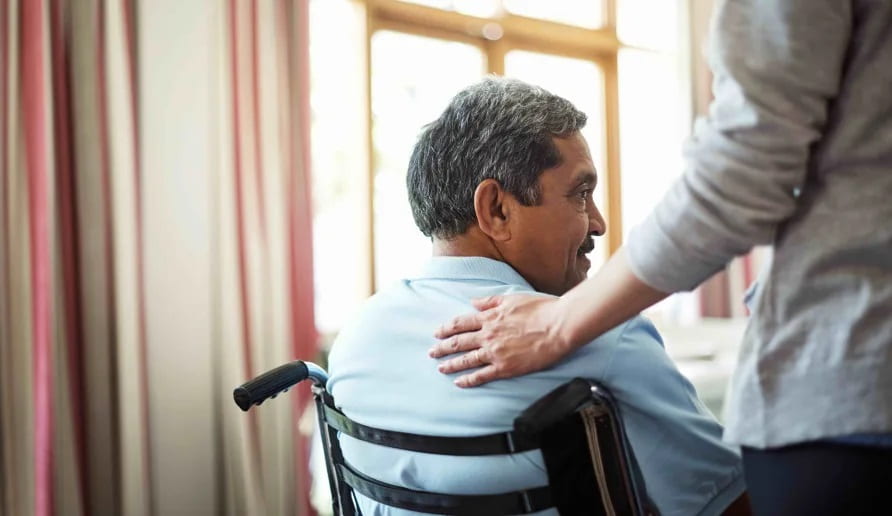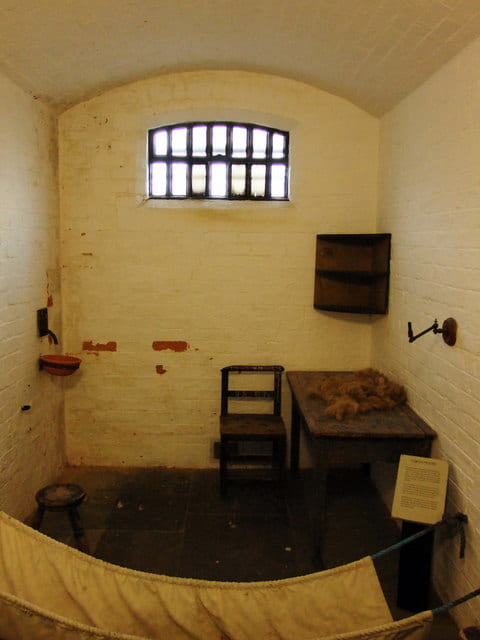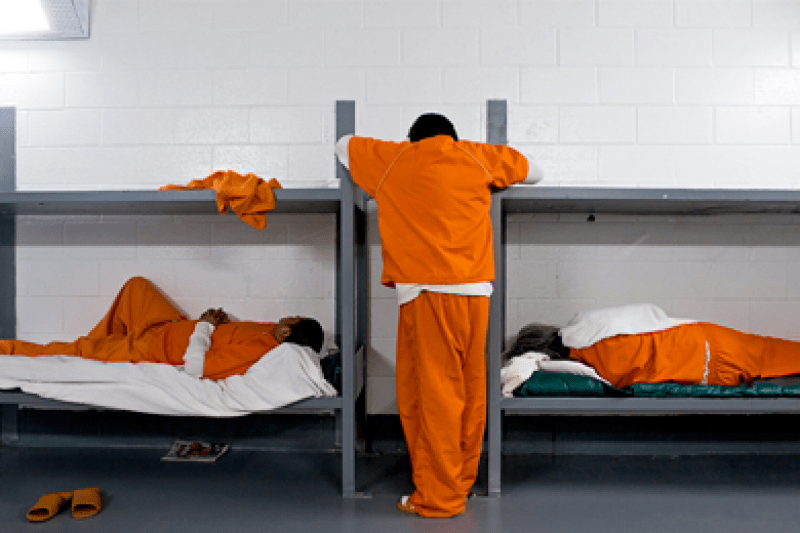In 2023, the Supreme Court made a landmark decision to end race-based affirmative action in college admissions, stirring deep debates across the nation about equity, opportunity, and the role of higher education. While many view this decision as a step towards “merit-based” admissions, the change also raises significant concerns about how universities will maintain diverse and inclusive student bodies. This shift is particularly troubling for low-income and first-generation students, groups that historically face the highest barriers to accessing higher education.
Affirmative Action and Access: Why It Matters
For decades, affirmative action has played a crucial role in broadening access to higher education, particularly for marginalized and underrepresented groups. Low-income and first-generation students, many of whom come from minority backgrounds, often face multiple barriers in the admissions process, including limited academic preparation, financial constraints, and a lack of resources. Affirmative action policies have helped bridge these gaps, creating pathways for students who might otherwise be overlooked by traditional admissions standards.
Research supports the impact of affirmative action on promoting diversity and opportunity. For example, a study by Arcidiacono, Lovenheim, and Zhu (2014) found that affirmative action policies significantly increased enrollment for minority and low-income students at selective institutions, contributing to a more inclusive campus environment. Furthermore, studies like those by Bowen and Bok (1998) in The Shape of the River demonstrate that affirmative action has long-term benefits, improving career outcomes for beneficiaries and fostering broader societal advantages.
However, with the new ruling against race-based admissions, these pathways to opportunity are under threat. Without affirmative action, the risk is that colleges will revert to a status quo where students from privileged backgrounds have a disproportionate advantage, while low-income and first-generation students lose out on critical opportunities for social and economic mobility.
The Unique Challenges for Low-Income and First-Generation Students
Low-income and first-generation students are some of the most vulnerable to inequities in the admissions process. These students often attend under-resourced schools, where they have fewer Advanced Placement courses, extracurricular options, and college-preparatory resources. Financial constraints can further limit their ability to attend college tours, participate in extracurriculars, or afford costly application fees, creating an uneven playing field from the outset.
In states that have previously banned affirmative action, such as California and Michigan, minority enrollment at selective universities dropped significantly following the bans. The UC Office of the President (2016) reported that, after Proposition 209, African American and Latino enrollment at California’s top universities declined sharply. This pattern suggests that, without targeted policies, selective colleges may struggle to maintain a diverse student body, which is essential for fostering inclusive learning environments and preparing students for a multicultural workforce.
Moving Forward: Policy Alternatives
In light of the ruling, colleges must rethink their admissions strategies to continue supporting low-income and first-generation students. Below are some alternative policies and innovative practices that could help universities uphold diversity in a post-affirmative action era.
- Socio-Economic-Based Affirmative Action
One promising approach is to focus on socio-economic affirmative action, which targets students from disadvantaged backgrounds regardless of race. Research by Reardon et al. (2018) suggests that socio-economic diversity can improve outcomes for underrepresented students, though it may not fully maintain racial diversity. Socio-economic-based policies could help address barriers faced by low-income students, providing them with the support and access they need to succeed in college.
- Holistic Admissions Processes
Holistic admissions, which assess applicants based on a broad range of criteria beyond grades and test scores, offer another pathway for promoting diversity. By evaluating factors like personal background, leadership, community service, and resilience, colleges can better identify students who have overcome significant obstacles. This approach requires time and training but could help universities maintain a more inclusive admissions process. A study by Espenshade and Radford (2009) highlights the importance of looking beyond test scores, showing that holistic review can be an effective tool in creating diverse, dynamic student bodies.
- Test-Optional Policies
Standardized tests like the SAT and ACT often disadvantage low-income and minority students, who may lack access to test preparation resources. Many universities have already adopted test-optional policies, and this trend is likely to continue. Research by Hoxby and Avery (2013) indicates that test-optional admissions can expand access for high-achieving, low-income students who otherwise might not apply to selective institutions. Removing or de-emphasizing test scores can reduce barriers for first-generation students and create a more level playing field.
- Expanded Financial Aid and Support Services
To truly support low-income and first-generation students, universities must offer robust financial aid packages and ongoing support. Increased need-based scholarships, grants, and living stipends can make higher education more affordable, while services like academic advising, mentorship programs, and mental health resources can help students thrive once they’re on campus. According to Kahlenberg (2014), financial support is essential for retaining low-income students, who are more likely to face financial pressures that lead to dropping out.
- Targeted Outreach and Recruitment
Finally, universities can increase their outreach efforts to underrepresented communities. Many low-income and first-generation students are unaware of the opportunities available to them at top institutions. By working with high schools, community organizations, and nonprofit groups, universities can help ensure that more students from disadvantaged backgrounds apply and are well-prepared for college life. Expanding outreach can also help address the “hidden supply” of talented, low-income students, as highlighted by Dynarski (2016) in her research on college access.
Conclusion: Upholding the Values of Diversity and Inclusion
The end of race-based affirmative action is a critical juncture for higher education in the United States. As colleges grapple with how to move forward, they must prioritize policies that will continue to support low-income and first-generation students. A commitment to diversity and inclusion in education not only benefits individual students but also strengthens society as a whole by fostering a more equitable and dynamic workforce. By adopting new, legally permissible approaches to admissions, colleges can uphold the spirit of affirmative action and ensure that higher education remains an accessible ladder of opportunity for all.
Reference Sheet
- Arcidiacono, P., Lovenheim, M. F., & Zhu, M. (2014). “Affirmative Action and the Quality-Fit Tradeoff.” Journal of Economic Literature, 52(3), 493-517.
- Bowen, W. G., & Bok, D. (1998). “The Shape of the River: Long-Term Consequences of Considering Race in College and University Admissions.” Princeton University Press.
- Espenshade, T. J., & Radford, A. W. (2009). “No Longer Separate, Not Yet Equal: Race and Class in Elite College Admission and Campus Life.” Princeton University Press.
- Hoxby, C. M., & Avery, C. (2013). “The Missing ‘One-Offs’: The Hidden Supply of High-Achieving, Low-Income Students.” Brookings Papers on Economic Activity, 2013(1), 1-65.
- Kahlenberg, R. D. (2014). “The Future of Affirmative Action: New Paths to Higher Education Diversity After Fisher v. University of Texas.” The Century Foundation.
- Reardon, S. F., Weathers, E., Fahle, E., Jang, H., & Kalogrides, D. (2018). “What Levels the Playing Field Between High- and Low-Income Students?” Educational Evaluation and Policy Analysis, 40(4), 593-615.
- UC Office of the President (2016). “Effects of Proposition 209 on California Higher Education.” UCOP Report.
Dynarski, S. M. (2016). “The Trouble with College Rankings.” Journal of Economic Perspectives, 30(4), 167-190.
- Long, M. C., & Tienda, M. (2008). “Winners and Losers: Changes in Texas University Admissions Post-Affirmative Action.” Education Next, 8(1), 70-76.

